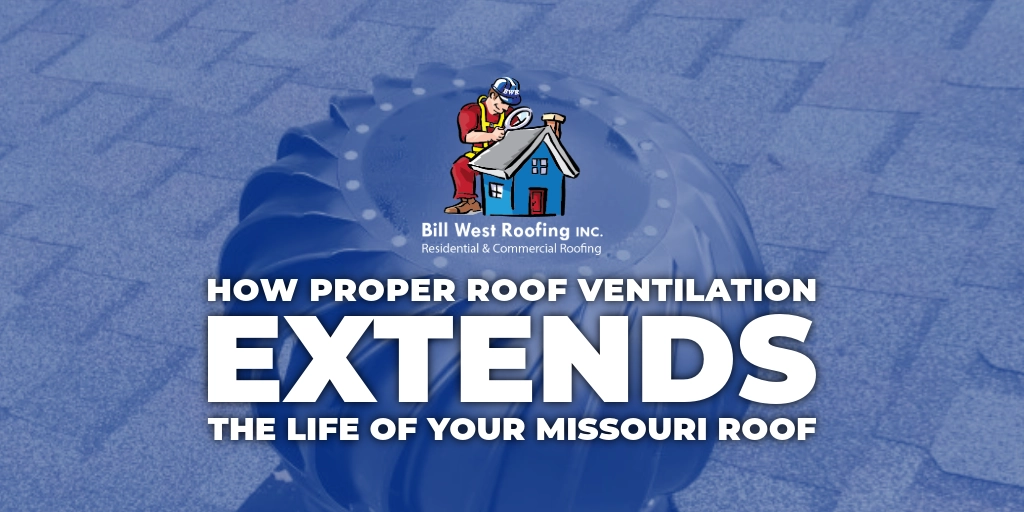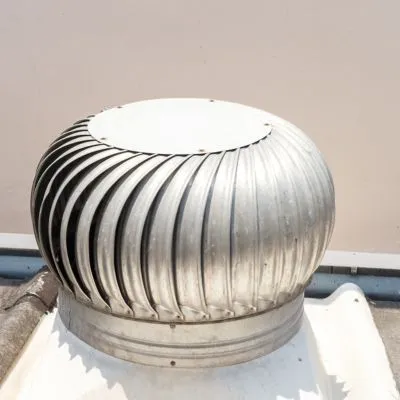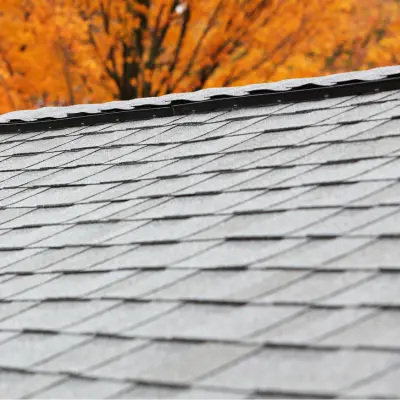
Your roof plays an essential role in shielding your home, family, and possessions from Missouri’s ever-changing weather conditions. Yet, many homeowners overlook an essential aspect of roof maintenance: proper ventilation. At Bill West Roofing, we’ve seen firsthand how poor ventilation shortens a roof’s lifespan, while proper ventilation can significantly extend the lifespan, improve energy efficiency, and prevent costly repairs.
The Importance of Roof Ventilation in Missouri
How Missouri’s Climate Affects Roofs
Missouri experiences scorching, humid summers and frigid, snowy winters. These drastic temperature swings can put significant stress on your roof. In summer, excessive heat in an unventilated or inadequately ventilated attic can cause shingles to warp and degrade prematurely. In winter, trapped moisture and poor ventilation can lead to ice dams, mold growth, and structural damage.
The Effects on Utility Costs and HVAC System
These extreme conditions make your heating and cooling system work hard to maintain your desired indoor temperature. In winter conditions, your furnace runs more to combat the cool air circulating down from the roof. During the summer, your air conditioner runs excessively, controlling hot, sticky air. All this extra running time takes a toll on the HVAC components, increases utility costs, and affects the lifespan of your furnace and A/C unit.

What Proper Roof Ventilation Does for Your Roof
Proper roof ventilation creates a balanced airflow that regulates temperature and moisture levels. Ventilation minimizes wear and tear on roofing materials by preventing heat buildup and condensation. It also helps reduce the risk of structural issues caused by trapped moisture, keeping your roof durable and long-lasting for the future.
At Bill West Roofing, we understand how Missouri’s climate affects homes, which is why we emphasize the importance of adequate roof ventilation as a key component of your roofing system.
Signs of Poor Roof Ventilation
Warning Signs Homeowners Should Look For
Spotting ventilation issues early can save you from costly repairs. Common signs of poor roof ventilation include:
- High Attic Temperatures: If your attic feels like a sauna during the summer, it’s a clear sign of inadequate ventilation.
- Ice Dams in Winter: Ice forming along the edges of your roof can indicate uneven attic temperatures, often caused by poor airflow.
- Mold and Mildew: A musty odor or noticeable mold in your attic indicates trapped moisture and inadequate ventilation.
- Warped or Aged Shingles: Premature aging or curling of shingles may result from excessive heat buildup in the attic.
If you notice any of these warning signs, it’s time to call Bill West Roofing for an inspection.
Consequences of Ignoring Ventilation Issues
Neglecting roof ventilation issues can lead to severe problems, including:
- Premature Roof Failure: Without proper ventilation, roofing materials break down faster, shortening the lifespan of your roof.
- Higher Energy Bills: Poor ventilation forces your HVAC system to work harder, increasing energy costs.
- Structural Damage: Moisture buildup can weaken your roof’s structure and lead to costly repairs.
Types of Roof Ventilation
There are two types of ventilation systems.
- Passive Ventilation – This system uses natural airflow and includes ridge vents, gable vents, and soffit vents.
- Active Ventilation – Thermostat-controlled fans are used to increase attic airflow.
The best type of ventilation for your home depends on your specific needs, available budget, and location. An experienced roofing company, such as Bill West Roofing, will know the proper ventilation options for your home.

How to Ensure Proper Roof Ventilation
Regular Maintenance Tips
Proper roof ventilation requires ongoing maintenance. Here are a few tips from Bill West Roofing to help keep your ventilation system in top shape:
- Clear Debris from Vents: Ensure soffit vents and other openings are free of leaves, dust, and debris.
- Inspect Insulation: Make sure attic insulation doesn’t block airflow or cover ventilation openings.
- Check After Storms: Missouri’s weather can be harsh. After severe storms, inspect your roof and attic for damage that could impact ventilation.
Work with a Professional Roofing Contractor
Roof ventilation isn’t a one-size-fits-all solution. The right ventilation system depends on your roof’s design, attic size, and local climate.
At Bill West Roofing, we conduct thorough inspections to assess your home’s ventilation needs and recommend solutions such as ridge vents, soffit vents, and gable vents. Our experienced team ensures your roofing system is optimized for Missouri’s unique climate challenges. We have been proudly serving Kansas City, Missouri, and the surrounding area for over 46 years.
Safeguard your home and reduce costs with effective roof ventilation—contact Bill West Roofing today!
